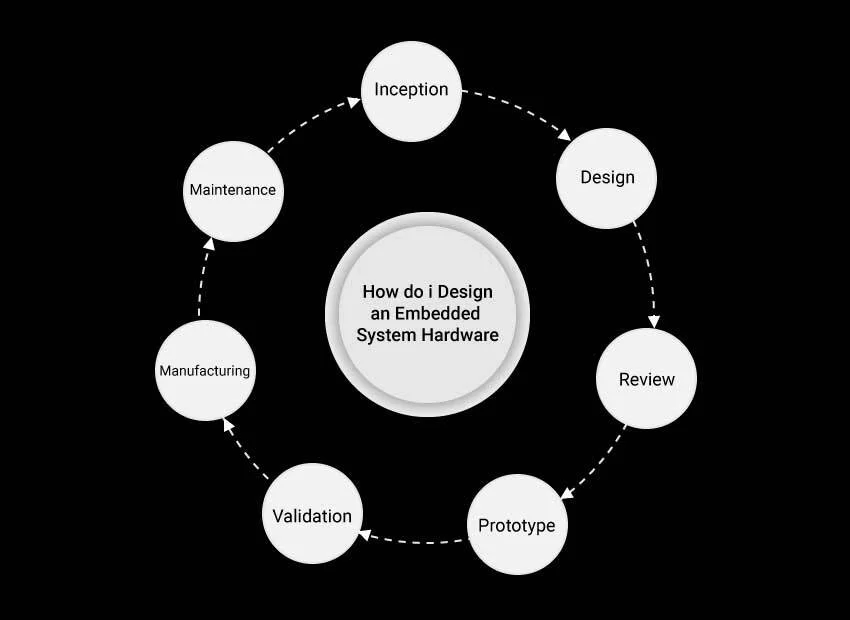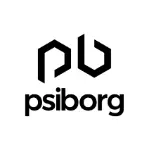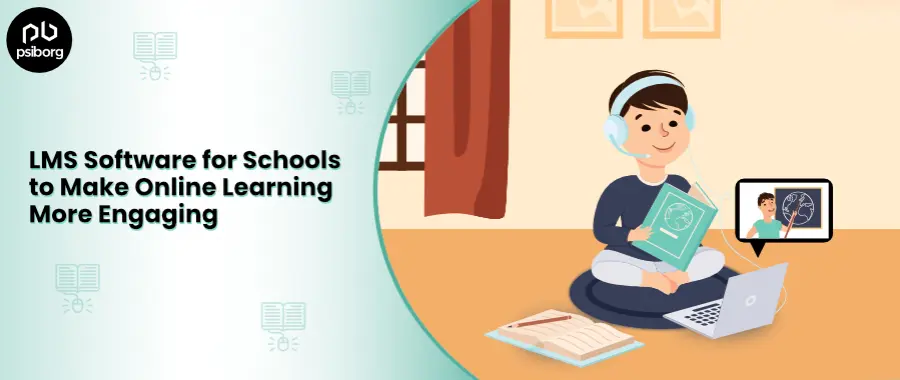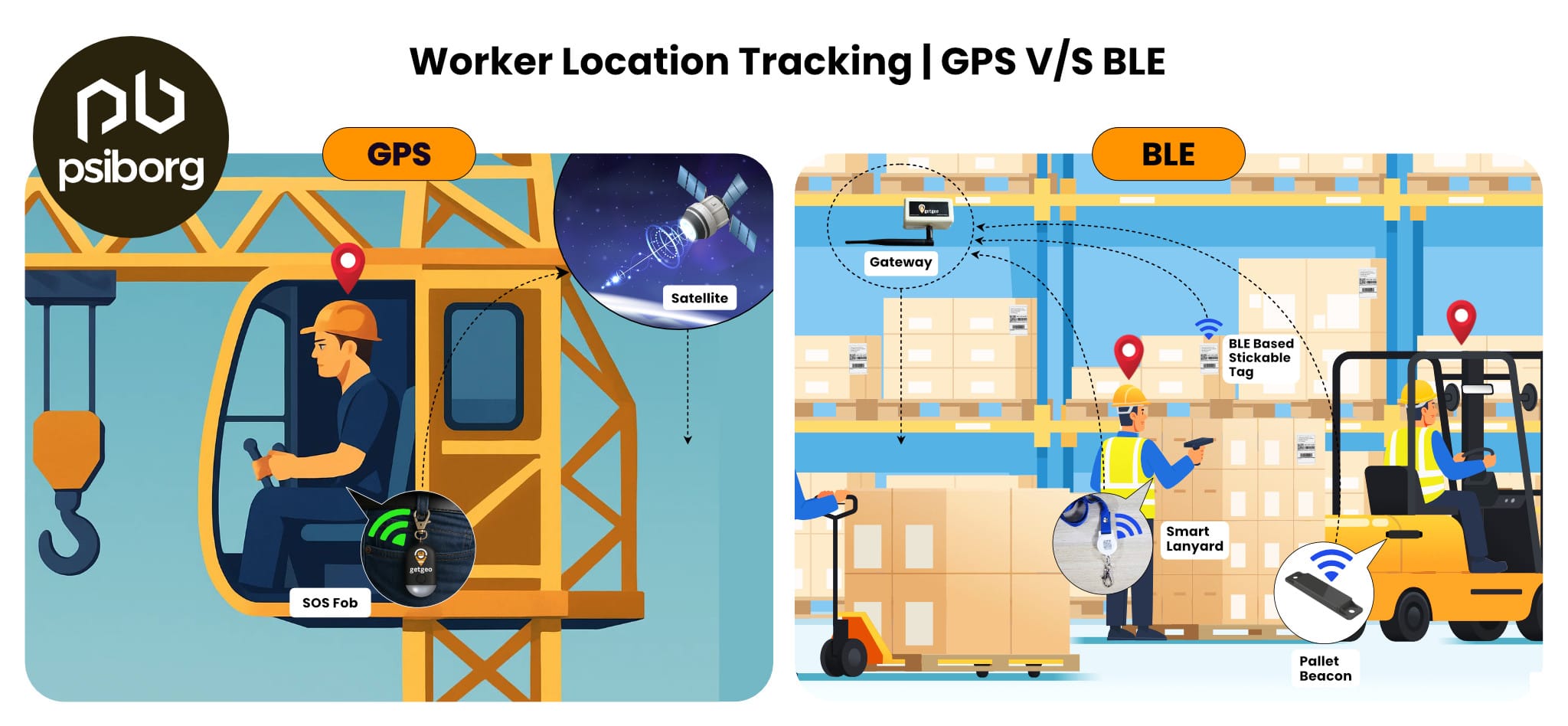IoT Questions and Answers
- Home
- IoT Questions and Answers
IOT DEVELOPMENT
It is the complete process of designing, prototyping and setting up connected devices in a way that they collect and exchange with the help of the internet. The essential hardware, firmware and cloud-based solutions are combined to create smart products that will meet specific business needs.
IoT works through the embedded systems. The objects connected to a network in IoT are embedded systems. Microwaves,coffee machines, washing machines are examples embedded systems specificly solving a particular problem. So, we can say every IoT device includes an embedded system within it.
Technologies and skillsets generally required in IoT development are PCB Designing, Embedded Firmware, Embedded Software, Backend and cloud deployment, Cloud Application such as IoT dashboard and a mobile application to control and monitor IoT devices and requires UI/UX design.
Internet of things can transform so many businesses and processes which are still to be think of and start with. Right now there are end less possibilities of leveraging IoT for efficient workflow, without human intervention. IoT with ML and AR VR can work wonders and are futuristic technologies, which when leveraged one with other can lead to some revolutionary implementations. With our expertise and experience , we have built some innovative and cross technology projects, which are totally unique in the field.
An IoT-enabled product is developed by first determining its uses. Then it’s followed by selecting the sensors and communication protocols, production of hardware, development of firmware and then finally, integration with cloud platforms and mobile/web apps.
It starts with requirement analysis, designing of hardware and firmware, developing a prototype, integration of software, all-out testing, and then deployment. Each stage is carefully run through to ensure performance, scalability and reliability of the product.
Yes, IoT development or sometimes termed as Full Stack IoT development involves both hardware designing as well as software development. IoT development in itself includes many technology Stacks.
Actually, the timeline of the device development depends on complexity, but you can easily expect 3 to 9 months. There’s design, prototyping, testing and manufacturing to be done. Plus, customized features, certifications and integrations also add up more time.
The cost for IoT Product development primarily depends on complexity of the project and technology stack required to get it done. This is how we calculate resources required and estimate costing.
Yes, PsiBorg offers end-to-end support whether it’s the initial prototyping or mass production. Our expert team will be there at each step making sure everything is carried on seamlessly and there’s absolutely no compromise on product quality, performance and cost-efficiency.
EMBEDDED SOLUTIONS
Embedded software is a piece of software that is embedded in hardware or non-PC devices.It is created exclusively for the particular device that it runs on, with processing and memory restrictions tied directly to that device’s specifications.Unlike PC applications, which can be installed on a variety of computer systems and modified to provide different levels of functionality, embedded software has fixed hardware requirements and capabilities.
The main difference between embedded software and application software is that the former is usually developed for a specific device, serving as the OS itself, with restrictions tied to that device’s specifications, so updates and additions are strictly controlled, whereas application software provides the functionality in a computer and runs on top of an actual full OS, so it has very less restrictions in terms of resources.
The toolchains that are commonly used in embedded software development are-
Text editor, a source code compiler, an assembler, a debugger, an emulator, and an IDE.
Embedded systems are present everywhere, and we use them in our daily lives unknowingly. Some of the real-life examples of embedded systems are smart wearable devices, electric vehicle charging stations, ATMs, House thermostats, and laser printers.
PsiBorg Technologies is among the best-embedded software development companies because, unlike other companies, they are dedicated to providing complete IoT-based services and solutions. PsiBorg offers a wide range of embedded system solutions, from microcontrollers and sensors to advanced processors and software development tools.
As part of mobile app development, embedded systems provide support for the hardware and firmware of smartphones and tablets. Device-specific functions, such as touchscreen interfaces, sensors, and power management, are handled by embedded systems. App developers leverage embedded systems’ capabilities through APIs to create responsive, feature-rich mobile applications.
EMBEDDED HARDWARE DESIGN
An embedded hardware is the hardware part used in embedded systems. The embedded hardware includes all the physical devices such as sensors, actuators, registers, ICs, etc.
The embedded hardware development comes with numerous challenges including MCU choice, technology, power optimization, security, etc. Read more about embedded hardware challenges at

- Inception: Understanding, Gathering, and realizing the possibility.
- Design: Transformation of the idea into a circuit design.
- Review: Reviewing the circuit design and functionality at every point.
- Prototype: Building a Proof of Concept
- Testing and Validation: Testing the prototype and validating it with the customer.
- Manufacturing: Fabrication of the Printed Circuit Board and it’s Assembly.
- Maintenance: Product lifetime support
Embedded hardware design can be a tedious job. The material used for designing and development of embedded hardware is based on the functionalities of the system.
EMBEDDED FIRMWARE DEVELOPMENT
Embedded firmware development is basically writing the code which runs on Embedded hardware. It is not something you do on a full-fledged PC, but say on a micro-controller or a microprocessor. Think of it like the firmware inside your washing machine, or a microwave or a refrigerator. It does not seem like a software, but something is in there that controls the sensors, peripherals, motors, timers etc.
Firmware upgradation is required for better performance of the device. Regular firmware updates includes software updation which helps in increasing the speed of the device. The development bugs which are shown in the softwares will be fixed during the updates. Basically firmware updates are required for better device performance and enhancing overall speed.
No firmware development is different from PCB circuit designs as PCB designing is on hardware circuit board whereas firmware is writing the code.
Yes we provide firmware services in the UK/ US and all over the world.
Yes we can design micro size devices.
Wireless Sensor Integration
Wireless Sensor Network (WSN)is deployed in a large area with a large number of wireless sensors nodes in an ad-hoc manner that is used to monitor the system, physical or environmental conditions. The data is then sent to gateway for processing or edge computing.
The sensor nodes are connected over Low Power Wide Area Network (LoRaWAN, Sub-1Ghz, ZigBee, Sigfox etc) which is used to connect sensor Nodes to the gateway unit. The gateway unit is connected to the internet (consisting of Cellular or WiFi Module) from where the processed or edge computed data which is further sent to the server or Cloud.
The Gateway acts as a bridge between the Wireless Sensor Network and cloud. IoT Gateways manage device connectivity, data filtering, processing, protocol translation, security etc. Adding a cellular module (works on LTE, NBIoT, LTE-catM1, etc) or an Internet modem (works on WiFi) to the gateway makes the WSN remotely managed.
Yes, FOTA update in wireless sensor network can be done, although it is sometimes complex to provide wireless update to node device because of memory and storage limitations.
The sensor nodes used in Wireless Sensor network systems are integrated with the onboard controllers. The complete circuitry manages the operation and monitors it mainly. Everything is connected with the base station known as the Gateway, where high end processing of data collected from distributed sensors is done. The data is further sent to cloud for storage and analysis, and this data is fetched by a mobile or a cloud application. All the distributed sensors devices in WSN are mostly connected over a LPWAN and communicate with the gateway.
Surveillance and monitoring,Landslide detection ,Patient monitoring in hospitals ,Environmental monitoring ,Smart Agriculture, Home security, Military applications, Livestock monitoring and many more.
Wireless sensor networks mostly designed in two Topologies:-
Centralized sensor network and Distributed sensor network
A wireless sensor network is a subset of the IoT system.
IoT involves different tech stack including sensors, hardware, gateways, analytics to end application.
WSN are usually non-IP networks. They run on low power wide area networks such as Zigbee, LoRa etc. These sensors forward their data to another hub which is a gateway between hardware and cloud. And this is how WSN forms an IoT system.
WSNs have classifications such as Terrestrial, Underground (deployed below the surface for underground mining or data about soil properties), Underwater (uses on marine monitoring), Multimedia (containing images, audio and video), and Mobile nodes which have the mobility for dynamic monitoring and tracking tasks.
IOT DASHBOARD
An IoT dashboard is a centralized interface that shows data collected from connected devices. The screen visualizes all the real-time updates, interactive charts & graphs and notifications and makes it very easy to monitor and manage everything. The extracted information is very useful and easy to understand.
An IoT sensor dashboard is required to control the smart device and to keep a check on the device’s functionalities.
No more than one smart device can be integrated with one IoT monitoring dashboard. Thus, all you need to do is switch the IoT devices from the dashboard window.
The dashboard for IoT works according to the device. Thus, if the device location changes then the IoT monitoring dashboard will display the data accordingly.
Definitely! The IoT dashboard can smoothly work on all smartphones, tablets and desktop systems. It allows users to monitor devices, view data, and receive alerts. This easy-to-use dashboard work across all screen sizes so you can get connected anytime from anywhere.
Yes, a dashboard is designed by keeping in mind that any damage to the device can be detected in early age without a delay.
Yes. With PsiBorg, you can choose from UI/UX options and customize it to your brand and user preferences. Whether it’s just the layout or tailoring user access levels, the dashboard can be designed to perfectly align with your specific operational needs.
Yes, the dashboard is built very thoughtfully in a way that it can seamlessly blend in with the devices and platforms that you are already using. It’s aimed at supporting different technologies so that everything works together in the same place without any hassles.
PCB DESIGN SERVICES
PCB designing is the process of designing the system into physical form. Layout softwares is used to place the circuit components and routing these components for defining electrical connectivity of each component.
There are several requirements for PCB design and manufacturing. We need to know the functions of the device so that sensors can be chosen according. The size of the device is also required.
There are various softwares available to design a PCB. We work on all types of softwares as per the requirements.
The inputs required to design a PCB are:
- Mechanical drawing of the PCB
- BOM
- Schematic diagram
The material used in PCB design circuit has components soldered to the circuit board as per the requirements of the device.the components work to achieve various functionalities of the device.
We will design the PCB circuit board on the PCB design software. After the approval the Gerber file of the design can be delivered to the US client.
CLOUD INTEGRATION SERVICES
Cloud integration is the process of integrating various cloud based systems into one cloud platform. These Cloud platforms provide hosting and storage to your IoT data, along with integrated analytical tools to analyse IoT data/
Yes, We also offer Cloud based platform integration services with your IoT Devices.
AWS IOT is the most used cloud platform for deploying IoT Devices.
At PsiBorg , We provide full-stack IoT development services and IoT cloud integration is an integral part to make IoT devices live.
Yes We provide both cloud and mobile App integration with Designing and developing IoT hardware. At PsiBorg, We are a team of Hardware designers, Firmware Designers, and application software developers.
Yes cloud storage provides real-time data sync and you can save your data anytime.
Scalability
Data Mobility-
Time to market
Security
Cost effectiveness
IoT cloud platforms provide inbuilt tools for IoT app development ranging from cloud deployment to device management. It is also very useful for rapid prototyping.
MOBILE APPLICATION DEVELOPMENT
IoT devices communicate with servers over protocols like HTTP , MQTT etc. , and IoT mobile applications fetch this data to control and monitor IoT devices. IoT mobile app development in the USA is in demand as integrating IoT with mobile applications can give businesses the competitive edge that they need to thrive in the dynamic market.
IoT is leading towards a huge impact in every known sector. IoT app design is not spared. Every IoT system, be it large or small, needs a dashboard to visualize the data inflow and control the connected devices. Mobile/Web apps are generally preferred over proprietary software because of their versatile nature, making it easy to access with whatever device you find lying around.
Yes, we are an IoT mobile app development company and so are experienced in creating a web application for your IoT device. We need the complete device specifications and requirements from your end. We also offer IoT mobile app consulting.
There are several technologies that are available for web application development. These are Drupal, React JS, Angular JS, etc.
Hardware compatibility – It differs IoT mobile app with other mobile applications.
Security and privacy- As IoT app fetches enormous data for processing to give best insights out of it. So, it is necessary to ensure data and devices are well protected and have appropriate access and authorization capabilities.
Yes, we work on the basis of the SCRUM system. You will always be well informed about the development process and the functional features that are under development. PsiBorg also provides rapid mobile app development in USA and IoT app development services in UK.
Yes, we can design and develop custom web/mobile applications for users from the UK and US. We have an experienced UI/UX team that understands the designs for different countries.
We have developed home automation Mobile Applications, Home security Mobile applications with various other automation Apps. Our UI/UX Team creates attractive designs that complement the flawless features of the Applications.
CONSULTING IN IOT PRODUCT CONCEPTUALISATION
Post us your query at info@psiborg.in or drop us your inquiry on whatsapp.
IoT consultants provide a roadmap to reduce company costs, optimize processes, and improve your IoT products & services.
PsiBorg provides IoT consulting and IoT product development services across the globe. We are one of the best IoT research and development companies based out of India.
We , at PsiBorg , have worked on various projects ranging from smart agriculture to industrial automation to personal security. With years of experience in IoT technology stack, we have become one of the best IoT companies in India.
Yes, We help companies to expedite their IoT journey.
As we have worked with clients globally, we totally understand different countries’ standards of design and development.
IoT needs various connectivity options, which can be device to device, device to cloud, device to the gateway, between different clouds, etc. We have worked on full-stack IoT solutions and possess expertise in different connectivity options in IoT.
Yes, PsiBorg, provides end-to-end IoT solutions development with IoT consulting services to ease your IoT Journey.
Edge Computing
Edge computing services like edge analytics, data filtering, and data security services deliver computing resources and data processing closer to the source of data generation, to reduce latency and enable real-time data analysis for IoT devices.
Edge computing reduces latency by processing data closer to its source, facilitating faster response times and real-time data analysis. It also strengthens data privacy, reduces bandwidth usage, and improves reliability in unstable network conditions.
Examples of edge computing include wearable health devices monitoring vital signs, smart sensors in manufacturing plants for optimizing machine performance, and autonomous vehicles processing data for real-time decision-making without relying on distant servers.
In the area of edge computing, PsiBorg offers services such as edge analytics, data processing and filtering, security and device management, as well as protocol integration.
Edge computing offers faster processing, reduced latency, and improved data privacy by processing data closer to the source, and enabling real-time applications, making it the future of cloud computing.
PoC to MVP Development
A PoC gives practical proof to convince stakeholders to invest in your innovative idea and an MVP is a fully functional prototype that will let you know how your product will function after development.
In the course of developing an IoT product, PoC tests feasibility and technical viability whereas MVP adds essential features for market testing, gathering feedback, and validating the product’s viability.
The next phase that comes after PoC while developing an IoT product is to build a fully functional prototype for market testing and validation.
PsiBorg offers a fully comprehensive PoC-to-MVP service and assists in refining your concept, designing and developing a functional prototype, and moving towards a market-ready MVP, ensuring a smooth and efficient journey from idea validation to product launch.
Developing a PoC for an IoT solution generally takes 3-6 weeks, depending on the complexity, technology, and resources available for experimentation and validation.
Case Studies
The true success of a business lies in the trust and partnership cultivated between clients and the company. Click to read about some of our proudest achievements.
Interested? Let’s Get Started
STEP 1
Contact Us
Reach out to us via the contact form or give us a call to initiate the conversation about your IoT development needs.
STEP 2
Get Consultation
Schedule a consultation with our experts to discuss your project in detail, aligning our approach with your unique vision.
STEP 3
Get a Cost Estimate
Receive a detailed cost estimate tailored to your project’s scope and requirements, ensuring transparency in your investment.
STEP 4
Project Kickoff
Once finalized, we'll initiate the project kickoff, marking the beginning of our collaborative journey toward successful IoT product development.





